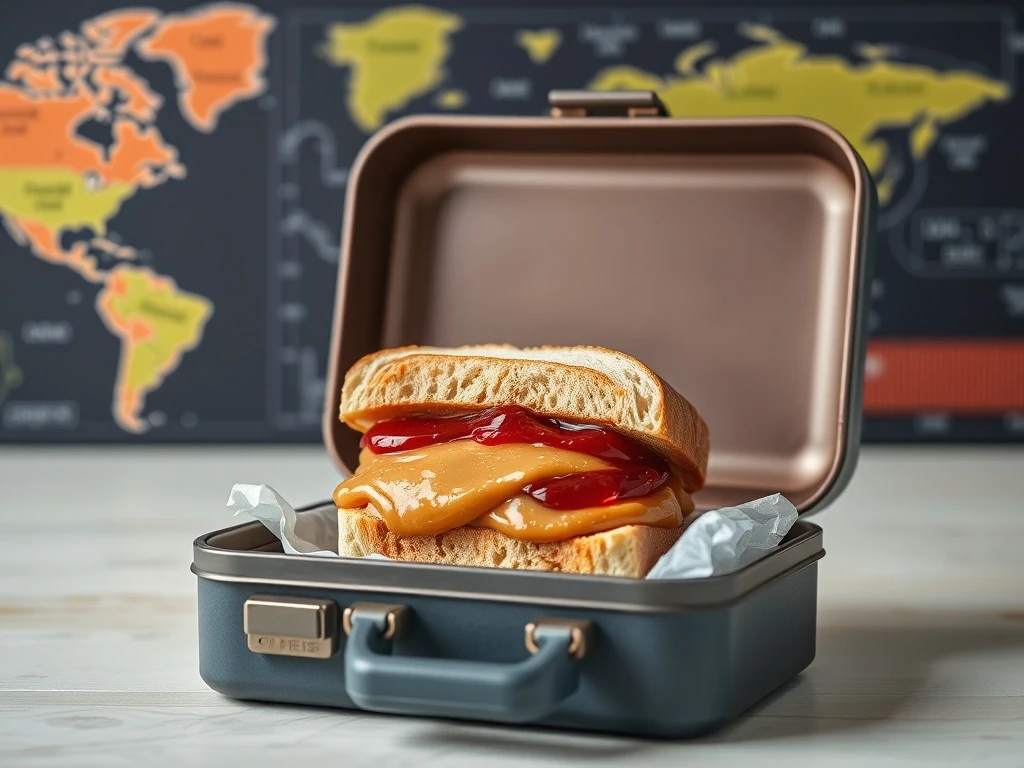Imagine opening your child’s lunchbox to find that simple peanut butter and jelly sandwich actually contains complex global economic forces. Surprisingly, trade tariffs reach far beyond international boardrooms and directly into your kitchen pantry. Many parents don’t realize how international trade policies affect their grocery bills every single week.
How Trade Tariffs Impact Basic Food Items
Trade tariffs fundamentally alter food supply chains. These policies increase import costs for numerous ingredients. Consequently, manufacturers pass these expenses to consumers. Peanut butter production involves multiple globally sourced components. Similarly, jelly production depends on fruit imports and sweeteners. Even bread manufacturing requires internationally traded grains.
The Global Supply Chain of Simple Sandwiches
Let’s examine the peanut butter and jelly sandwich components:
- Peanuts: Often imported from Argentina, China, or India
- Fruit preserves: Frequently use berries from Mexico or Canada
- Wheat: Commonly sourced from multiple international markets
- Packaging: Materials frequently manufactured overseas
Each element faces potential tariff implications. Therefore, trade tariffs accumulate through the production process.
Economic Ripples of Trade Policy Changes
Trade tariffs create cascading effects throughout food economies. Initially, importers face higher costs. Then, manufacturers adjust their pricing strategies. Eventually, retailers increase shelf prices. Finally, consumers pay more at checkout. This chain reaction demonstrates how international policies reach local supermarkets.
Understanding Tariff Structures and Calculations
Trade tariffs vary by product category and country of origin. Some agricultural products face higher rates than others. Additionally, trade agreements constantly evolve. These fluctuations create pricing instability for basic food items. Consequently, family grocery budgets become unpredictable.
Practical Implications for Household Budgets
Families nationwide feel the impact of trade tariffs. Weekly shopping trips cost more than previous years. School lunch preparation becomes increasingly expensive. Many households must make difficult budgeting choices. These economic pressures affect nutritional decisions and meal planning.
Future Outlook on Trade and Food Pricing
Trade policy discussions continue evolving. International negotiations may alter current tariff structures. However, global supply chains remain interconnected. Therefore, trade tariffs will likely continue influencing food prices. Consumers should stay informed about these economic relationships.
Frequently Asked Questions
How do trade tariffs specifically affect peanut butter prices?
Trade tariffs on imported peanuts and packaging materials increase manufacturing costs, which manufacturers then pass to consumers through higher retail prices.
Are all peanut butter brands equally affected by tariffs?
Brands using domestically sourced ingredients may experience less impact, but most manufacturers use some imported components subject to tariffs.
Can consumers avoid tariff-related price increases?
While complete avoidance is difficult, buying store brands or products with domestic ingredients may reduce tariff exposure.
Do trade tariffs affect organic peanut butter differently?
Organic products often rely on specific international sources and may face different tariff structures than conventional products.
How quickly do tariff changes affect supermarket prices?
Price changes typically appear within several weeks to months as existing inventory sells through and new stock arrives.
Are jelly and preserves affected more than peanut butter by tariffs?
Fruit preserves often involve more imported ingredients, potentially making them more susceptible to tariff changes than peanut products.








